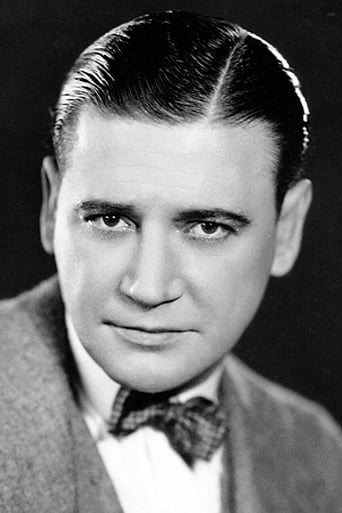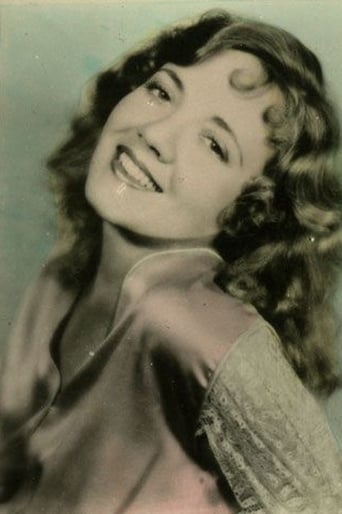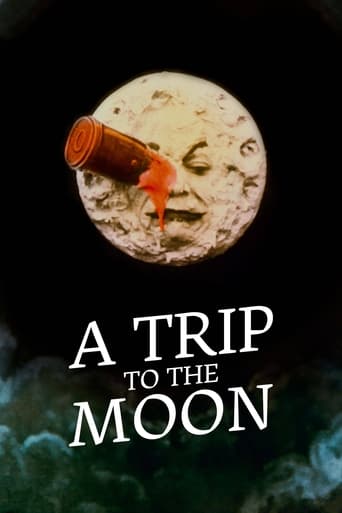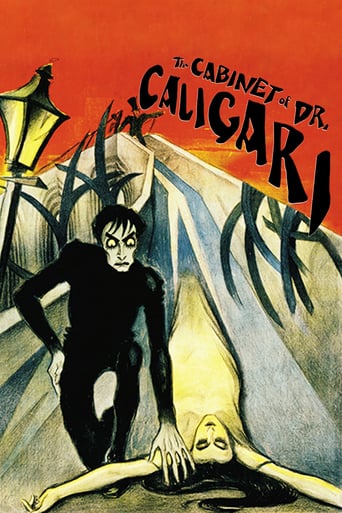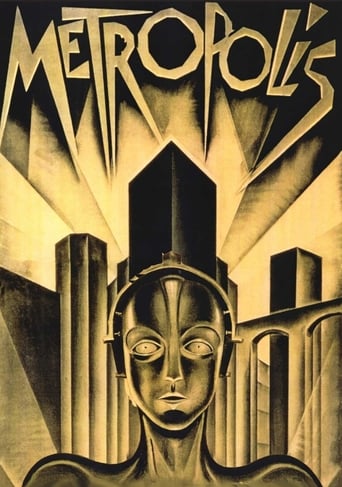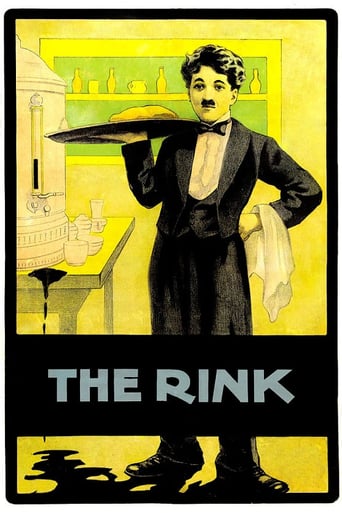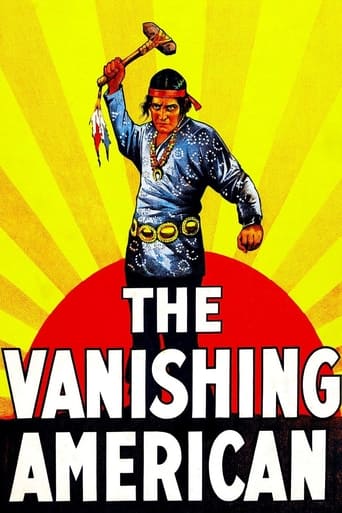
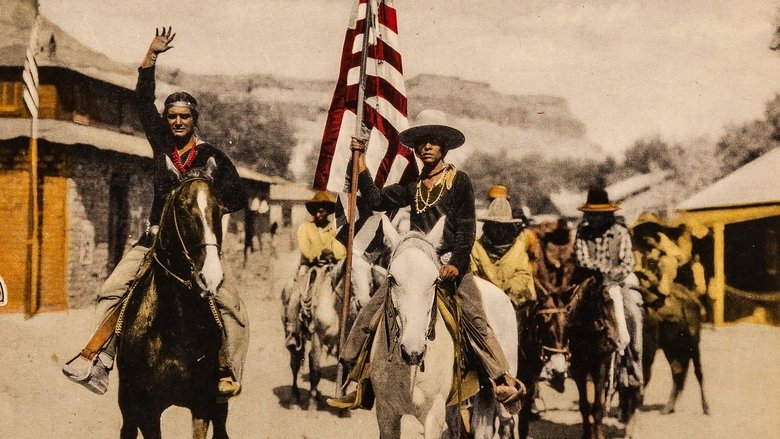
The Vanishing American (1925)
A tribe of Navajo live on a reservation overseen by an Indian-hating agent.
Watch Trailer
Cast


Similar titles
Reviews
Another famous western which still excites audiences today is George B. Seitz's The Vanishing American. Although he is chiefly remembered as the perennial director of M-G-M's Andy Hardy series, back in the 1920s Seitz was a top Hollywood hand who specialized in action and location spectacles such as this 1925 version of the famous Zane Grey novel. Admittedly, Richard Dix proves not over-convincing as the Indian hero of the title, but he does well enough, and the rest of the players led by particularly villainous Noah Beery and the lovely Lois Wilson offer engaging support. The name, Lucien Hubbard, on a film (either as writer or producer) always guarantees loads of production values. This film with its impressive locations and hordes of extras is most certainly no exception. (Available on a superb 10/10 Image DVD).
Vanishing American, The (1925) *** (out of 4) Interesting drama from Paramount tells the story of Indians and how they fought to try and gain acceptance after having everything stolen from them. This film centers on Nophaie (Richard Dix), a man whose bravery leads the Indians into WW1 as well as fighting their battles at home. While this adaptation of Zane Grey's story isn't as great as one might hope, there are enough interesting bits here to make it worth sitting through. The film starts off with a nice prologue where we see various "forms" of people from the early caveman, to cave dwellers and then the Indian. These shorter sequences all look extremely good and especially the cave dwellers segment, which is real eye candy especially with the sets that really were built on cliffs. The entire look of this city makes you feel as if you're really there and this continues during the next sequence where we finally get to see the Indians and their early time here. We get some brief comic moments including their thoughts when they first see a horse but this soon turns to some battle sequences that are also well executed. I was surprised to see how graphic some of the violence was and this includes a scene with an Indian full of spikes through his body as well as another brutal scene with an Indian being shot and falling from a cliff. These early war scenes look extremely realistic as does the later one when Nophaie is fighting in WW1. Some could rightfully argue that this film's entire message of peace is pretty much wasted as the majority of the Indians here are played by white men with brown paint on. I think a lot of viewers today will see this and not even pay attention to the message here as they'll see it being double sided but it's important to remember when this movie was made and the fact that a lot of these message movies quite often appear just as racist as the film's their trying to go against. What really makes one scratch their head is the fact that this make up put on the actors is clearly melting during several scenes yet no one tried to touch it up to make it less obvious that we weren't seeing an Indian. With that said, Dix, Lois Wilson, Noah Beery and Malcolm McGregor all turn in fine performances. Each were believable in their roles with Beery clearly stealing the film and Dix coming off as a good lead even though he's be much better in 1929's REDSKIN. The biggest problem with the film is that it jumps around a bit too much and the love story itself is rather weak. The 110-minute running time could have been cut down without too much being missed. Movie legend would have one believe that John Ford discovered Monument Valley but that's certainly not the case as it's fully on display here. The images captured of it are truly breathtaking and these here are reason enough to sit through the movie.
Okay, it is very possible to quibble with this film if you are too wrapped up in political correctness. Sure, it's a real shame that the film starred the white actor, Richard Dix, in dark paint as the Indian lead in the film. However, having White actors play Indians was pretty much the rule up to the 1960s, so I could easily overlook this. And, the beginning of the film can seem a tad preachy and irrelevant (though I liked it, Leonard Maltin's Guide knocked this section of the film). However, given that the film was made in the rather racist 1920s (when the KKK was on the rise and one of the strongest political forces in America), it is a truly amazing and transcendent film that definitely deserves to be seen and appreciated. Unlike the typical cowboy movie of the day, the Indians in the film are neither blood-thirsty savages nor are they simple-minded. Instead, the are uniformly shown as decent Americans who want a fair shake and a part of the American Dream. In fact, their desire to become TRUE Americans and their love of their country make this a great patriotic film. While based on all the horrible injustices they received in the film, their fundamental decency seems amazing.In addition to excellent acting, writing and direction, special attention must be focused on the spectacular and breathtaking cinematography--especially towards the beginning of the film. The scenes of the Grand Canyon are among the most beautiful ever filmed during the silent era and are in many ways reminiscent of moving versions of Ansel Adams photos. The film is a true work of art.
This excellent movie far transcends its own genre, with a resourceful and detailed production that makes for a worthy treatment of some thought-provoking themes. Adapted from the Zane Grey novel, it easily does justice to the interesting story, but it is much more than just a good melodrama. Ambitous in its scale, in its time-span, and in its themes, it puts the main story into a context that is as interesting to watch as it is challenging to many of the common conceptions about the history of the American West.The main story features Richard Dix as a Native American on a reservation, who must contend with a wide range of persons from the 'white' races. Dix succeeds in making his character interesting, believable, and sympathetic. In particular, he does well with portraying the inner torment and longings of a perceptive and capable man who is forced by his environment to keep a lot of things inside.The 'white' characters work well, and they are well-chosen so as to avoid a simplistic portrayal of those who went west. Noah Beery plays the villainous Booker effectively, making his ill intentions clear even when his character is at his most charming, yet at the same making it believable that such a reprehensible character could so often gain the upper hand. Lois Wilson is rather meek, but she works well with Dix in the relationship that is at the center of the story.All of that would be good enough (and it doesn't even mention the beautiful scenery and photography in Monument Valley), but what makes the movie even better is that it is set in a broader context, which places the lengthy, heart-rending clash of cultures in the American West into a sweeping, far more comprehensive picture of the unending struggle of human cultures and societies as they rise and fall through the centuries. It balances a number of perspectives, and believably shows how complex the interplay between different cultures can be.The lengthy prologue, often detailed and interesting in itself, paints a convincing and often harrowing picture of the nature of human societies in their struggles and rivalries through the ages. It adds a depth rarely seen to the eventual conflicts between the expanding USA and the Native American nations, and even if it were made today, it would be a bold statement that challenges stereotypes of all kinds. True indeed is the movie's theme that human cultures come and go, and that those standing strong today will someday pass away, with only the earth itself remaining always.This movie surely deserves to be much better-known, for its top quality production of some often challenging material, its interesting story, and its themes that are worthy of careful and honest consideration. If it were filmed today, some of the details would probably be handled differently, but that is to a large degree a matter of style or fashion. The specific details are far less important than the movie's impressive depth and quality.


